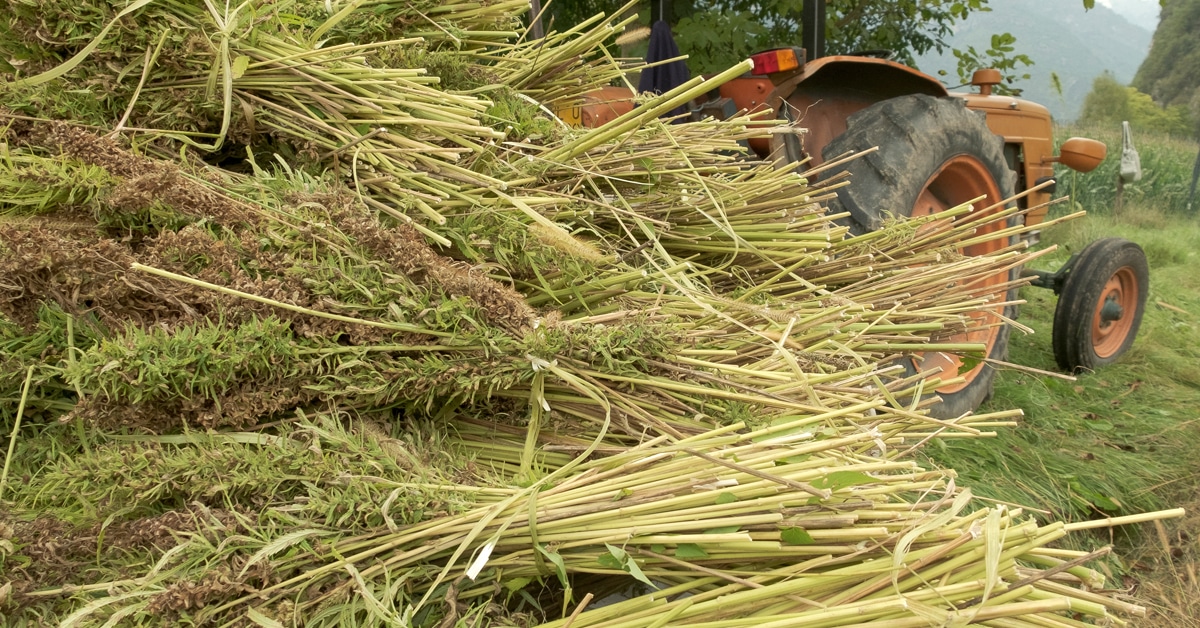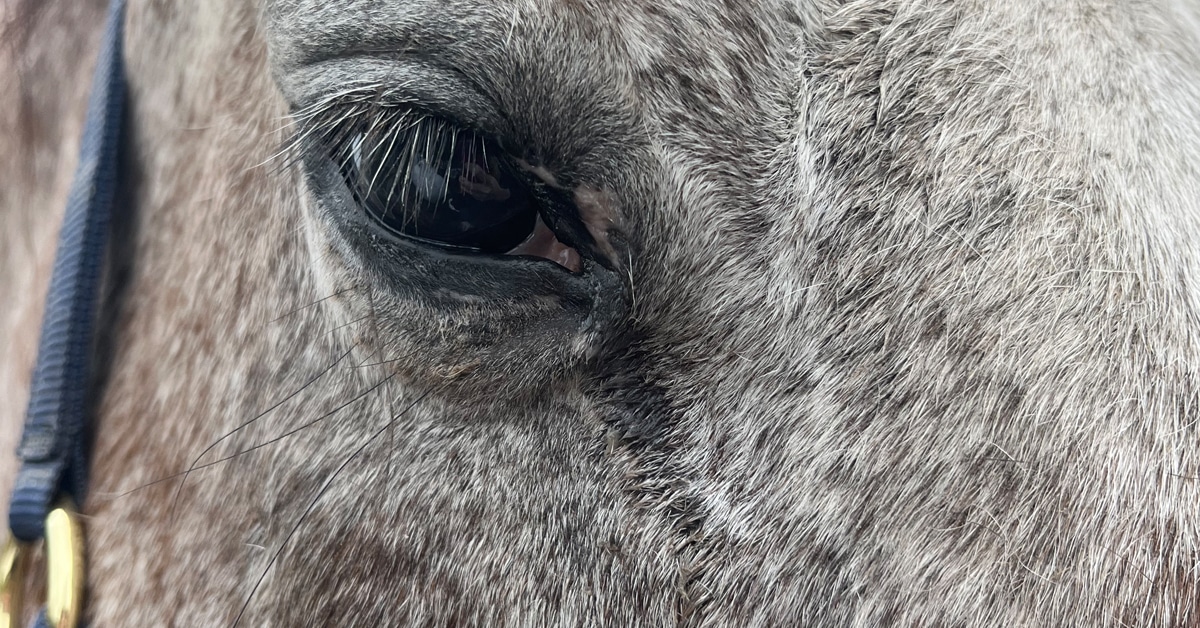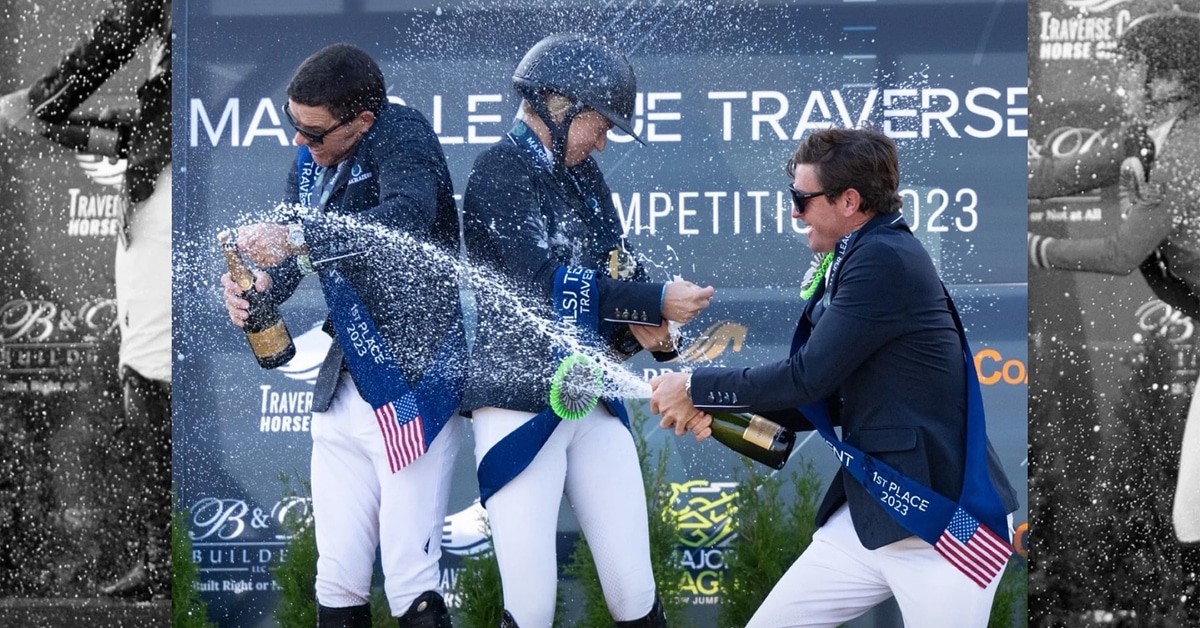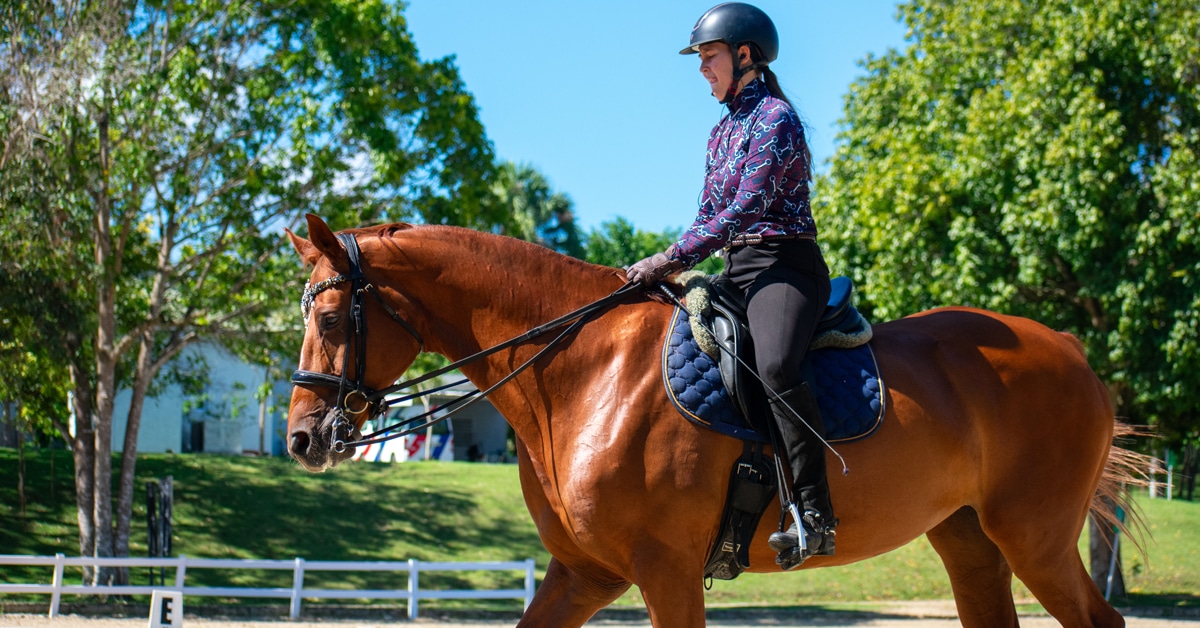In August 2008, my 11-year-old Welsh/Quarter Horse pony mare, Meg, began to regularly flinch and toss her head up and down as though a fly had buzzed up her nose. Meg is energetic and sensitive, so I wasn’t surprised that she was bothered by flies or bugs – although she had never exhibited any signs of being overly disturbed by insects in the five years I’d owned her.
At the same time, Meg developed a skin irritation on the bridge of her nose, resulting in some bare patches. I thought it might be related to the tics and still wondered if it was all bug-related, particularly when, as winter approached, the irritation disappeared, as did the head-tossing.
In April, the tics returned with a vengeance. They occurred more frequently and were more violent and distressing. In addition, she would snort, sneeze, try to paw at her face with her hoof, stamp her feet, rub her nose on the fence rail and bury her head in my chest or in the middle of a brush box filler. The involuntary reactions were most obvious when Meg was being led or about five minutes after the start of a ride or a lunge session. They subsided in the barn and during turnout. The skin condition erupted again, too, this time causing widespread hair loss on her face and raw, bleeding spots.
The mysteries of headshaking syndrome
I had read about a painful and virtually untreatable condition called headshaking syndrome, but had never witnessed a horse suffering from the illness. There are many reasons a horse might headshake: eye and ear conditions, guttural pouch infection, head fractures; dental problems, jaw pain, and allergies. But, in the majority of cases, no underlying cause is detectable.
It is believed that headshakers experience pain, burning, itching or tingling due to misfiring impulses of the branches of trigeminal nerve system, which runs from the brain to the eye, nose and jaw. The nerves are responding to a wide range of triggers, either combined or in isolation, that include humidity levels, stress, wind, sound, exercise, certain feeds, pollen or dust.
In more than half of all cases, sunlight is the major trigger. These are considered photic headshakers. Researchers think
that the sensation headshakers experience is similar to photic sneezing that occurs in some humans when they’re exposed to bright light and, at its worst, to an excruciatingly painful nerve condition called trigeminal neuralgia.
To attempt to rid themselves of the bothersome/painful sensations, affected horses will shake their heads, generally in a repetitive up-and-down motion with a distinctive flick of the nose downward. They may also strike out, rub on objects, refuse to move forward, or try to scratch their nose with their leg, all which can be dangerous to a rider or handler. As in Meg’s case, symptoms in most horses are usually exacerbated by exercise.
Studies by one of the world’s foremost headshaking researchers, Dr. John Madigan of the University of California Davis, Department of Medicine and Epidemiology, have indicated more males than females are affected and the average age of onset is between seven and nine. All breeds can suffer from the headshaking syndrome condition. It can be constant or intermittent and often occurs seasonally – spring to fall in North America – but not always. It often develops very suddenly, even overnight. Some cases spontaneously resolve, while others worsen as years pass.
Trial and error
Meg’s symptoms were consistent with photic headshaking, but I was in denial. I had her checked for a sore back and saddle fit; tried different bits; had her teeth floated and examined; removed the bridle’s noseband; changed the browband; used ear coverings; and applied soothing medications to her face, among many other non-successful solutions. I even alternately attached a hairnet and pantyhose to the bridle’s noseband, pulling it down over the muzzle, which is thought to provide counter-stimulation to the facial nerves (similar to putting your finger under your nose to stop a sneeze). Meg panicked.
Commercial nylon mesh nets that attach to the bridle’s noseband, either covering the muzzle completely or resting atop the upper muzzle area, do seem to work for some horses, however. One net on the market, designed by United Kingdom-based Equilibrium Products, was tested at the University of Lincoln in Britain. Researchers found that 79% of the 36 horses in the trial improved using the net, and the symptoms of more than half were reduced by 50% or more. Some horses also find relief wearing masks or racing hoods containing lenses that can block up to 90% of ultraviolet rays. Contact lenses are also used occasionally.
My next move was to try a full-face fly mask that covered Meg’s ears and face and rested on top of her muzzle. I even lined the mask with ultra-violet film that’s used to tint car windows. One day while I was lungeing Meg in the “sunglasses” mask, she was ticking away and frantically trying to come off the circle to nestle into me. Near tears, I grabbed my sweatshirt from the fence, tying it around Meg’s head and completely covering her eyes. The tics stopped immediately and I could almost feel Meg’s relief.
I took the risk of asking Meg to go back out on the lunge blindfolded. She was happier lunging blind than I’d seen her in months! Then all of a sudden, the tics returned. My heart sank, but then I realized the sweatshirt had slipped, exposing Meg’s outside eye to the light.
Blindfolding is actually one of the tests veterinarians use to determine if a horse is a photic headshaker. I’d avoided trying it, because I knew I might have to actually admit my little Meg was a headshaker. It was time to discuss the situation further with my veterinarian.
Drug intervention
A physical exam and blood tests indicated nothing unusual and my vet agreed with my lay diagnosis. At his suggestion, we put Meg on the drug cyproheptadine. Madigan’s 2001 study indicated more than two-thirds of headshakers react favourably to this antihistamine that also blocks neurotransmitters in the brain so the horse’s ability to sense pain is modified. She seemed a bit duller than usual – a common side-effect – but within a few days her shaking and tics were noticeably better. (Other side-effects can include depression and occasionally colic, which usually abate after the first few days.)
Shortly after Meg went on cypro, the skin issue disappeared. I later read that headshakers can develop skin irritations from incessant scratching and some horses will even self-mutilate their heads and muzzles to alleviate the pain.
My vet also recommended I fashion a counter-stimulation contraption. Meg had hated my hairnet/pantyhose creations, so he suggested I try something that dangled down over her nose. I took an inexpensive fly fringe and affixed it to the bridle’s cheek pieces midway down her face. Meg loves her fringes and wears them to this day.
That fall, I slowly weaned Meg off the cypro. Through winter she remained off the medication altogether and I only saw an occasional tic or bob. About March 2010 I noticed tics occurring more often. At my vet’s suggestion, I put Meg on very low dose of cypro. It worked and that’s what I’ve done since – wean her off the drug in the fall, start it up again in early spring when the tics begin, and increase the dosage, as necessary, when symptoms increase during spring and summer.
Other treatments for headshaking syndrome
For most owners, finding what helps their horse is a long process. Sometimes there is no resolution and the horse has to be retired from work or even euthanized. Dr. Derek C. Knottenbelt of the University of Liverpool in England has been studying headshaking for more than 15 years. He says, ‘around 5-10% can be resolved and a few more can be improved significantly.’
In addition to cypro, other drugs can be used to quell symptoms. Carbemazepine, used to treat trigeminal neuralgia and epilepsy in humans, is often prescribed alone or in conjunction with cyproheptadine. Anti-seizure medications such as phenobarbital and the antipsychotic fluphenazine may also be prescribed. Some owners have found corticosteroids, intra-nasal steroids and desensitization shots to be effective. In 2008, Cambridge University found that sodium cromoglygate eye drops, used to control allergic asthma in humans, helped seasonal headshakers, although it is still unclear how the medication works.
Madigan suggests there could be a correlation between headshaking and hormones. He’s currently studying how gonadotropin levels (which stimulate the reproductive drive in both males and females) might influence trigeminal nerve activity. He’s also developed a protocol that includes administering melatonin, a natural hormone that maintains the body’s internal biological clock, to lower gonadotrophin levels by ‘tricking’ the body into thinking it is winter, along with magnesium and spirulina, a fresh-water algae, both of which are thought to calm trigeminal nerve reactions.
Some owners find herbal blends helpful, especially those that contain natural calmers, while others swear by Equiwinner patches. Containing the electrolytes sodium, potassium, magnesium, chloride, calcium and carbon, these patches are applied to the skin, and according to the manufacturer, help mitigate symptoms essentially by lowering blood pressure.
I’ve been around a lot of horses with many weird and complicated conditions. Nothing comes close to the anxiety I felt when I saw Meg suffering. I realize her headshaking syndrome will require a lifetime of management. Hopefully, continuing research will lead to new treatments and perhaps even a cure.
The Latest









